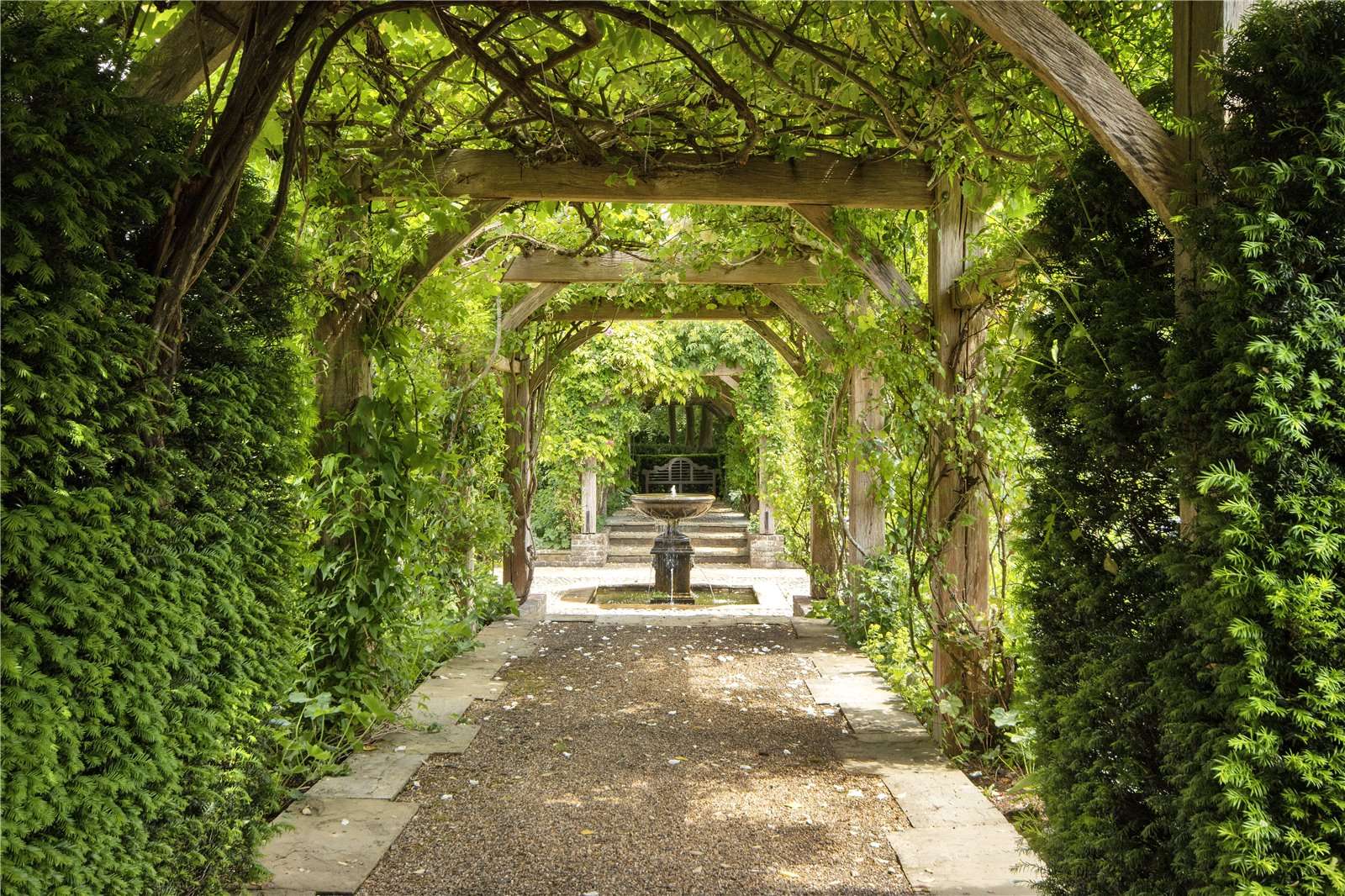How to make chutneys and pickles
Chutneys and pickles have been a store-cupboard essential for years. Sybil Kapoor considers their appeal and offers a cheat’s guide for those short on time
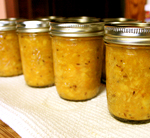

There comes a point each year when gardener cooks have to either admit defeat or turn their kitchens into military operations to preserve the constant flow of produce. There are only so many runner beans and apples that you can give away before friends and neighbours stop feeling friendly, and most of us have limited freezer space.
Happily, the concoction of pickles and chutneys is something that most Britons relish. As Fergus Henderson, chef-owner of St John restaurant, says: ‘I love pickles and chutneys. There’s something very reassuring about having them in your cupboard. It’s like keeping something up your sleeve; they can turn simple foods such as cheese or cold ham into a feast.’
The very act of preserving is ritualistic. Old jam jars and pickle pots have to be assembled, washed and sterilised; preserving pans, ladles and funnels dug out; and surfaces cleared. Recipes have to be chosen, fresh spices, salt, sugar and vinegar bought and, finally, time must be freed for the task in hand. You can’t rush a simmering chutney.
As armloads of fruit and vegetables are reduced to bubbling aromatic messes, it feels as if you’ve stepped back in time. The kitchen merges with the older still room, where, for centuries, gentlewomen created delicious conserves and pickles that were then locked away for the winter months.
According to food historian and cook Sara Paston-Williams, preserves have always been used by the affluent as a means of showing off. The Elizabethans and Stuarts added all manner of desirable pickles to their elaborate salads and hashes. Fragrant flowers, such as cowslips, violets and clove gilly flowers, were pickled in vinegar, and newly introduced cucumbers were flavoured with fennel or dill leaves and preserved by boiling in ‘fair’ water, verjuice and salt. Expensive imported spices, such as peppercorns, cloves, cinnamon and ginger, were added to pickled vegetables, green walnuts and mushrooms to introduce further allure.
Pickle mania really began to take root in the late 17th century, with the arrival of exotic preserves from the East India Company. Chinese and Malay catsup, made from fermented fish, was initially mimicked by British cooks with homemade mushroom, anchovy and walnut catsups. Pickled mangos from India were soon replicated by style-conscious cooks with home-grown melons, cucumbers and peaches. Even piccalilli began life in the 17th century as an imitation of a salted Indian vegetable pickle that is flavoured with mustard and turmeric.
In the 19th century, recipes for Eastern ‘chatneys’ begin to appear in cookbooks such as Eliza Acton’s Modern Cookery for Private Families. Some were fresh, such as Mrs A’s Mauritian shrimp chatney, which she seasoned with lemon and oil. Others were preserved for example, her Bengal chatney sauce, a sweet vinegared chutney of raisins, crab apples or bullaces, ginger, garlic, salt and cayenne pepper. Both were used to accompany curry and enliven other dishes, such as cold meats, cheese and fish. In time, as sugar became cheaper, domestic cooks began to create many of the sweet, spiced pickles and chutneys that we’re familiar with today.
Exquisite houses, the beauty of Nature, and how to get the most from your life, straight to your inbox.
‘I think that modern taste in chutney is changing,’ says Sara Paston-Williams. ‘Many bought chutneys seem disgustingly sweet compared to what I remember from my childhood, and everyone wants chilli in everything now.’ Ironically, many commercial brands also play on the concept of being homemade and old-fashioned. However, there are certain pickles that cooks may be advised to leave well alone, as Fergus Henderson recalls. ‘We tried pickling our own green walnuts at the restaurant, but it turned out to be such a swine that we all abandoned it. Everyone’s hands turned black and it proved so difficult that we decided it just wasn’t worth the effort and went back to buying them.’
Nevertheless, there is much pleasure to be gained from wielding a preserving pan. Once you’ve mastered the basic principles, you can vary your own flavourings, vinegars and sugars to taste. Sara Paston-Williams’s book is a great starting point, but preserve enthusiasts may also like to seek out the Good House-keeping Complete Book of Preserving (Ebury Press, 1991). It’s out of print, but can be found on the internet.
Be warned, however: preserve-making can be very addictive. Suddenly, you’ll find yourself eyeing up crab apples for a spicy Christmas pickle, green tomatoes for an unctuous chutney and even marrows for Jane Grigson’s divine ginger marrow jam it’s in her Vegetable Book. These days, serving homemade preserves is the ultimate in gastronomic one-upmanship.
Chutfest takes place on October 3 and 4 at the National Trust’s Barrington Court, near Ilminster, Somerset (01460 242614). Entry free for all those who bring home-made preserves to swap or sell
Essential reading
Nose to Tail Eating: A Kind of British Cooking by Fergus Henderson (Bloomsbury) Good Old-Fashioned Jams, Preserves and Chutneys by Sara Paston-Williams (The National Trust) Good Housekeeping Complete Book of Preserving (Ebury Press, 1991)
Spiced blackberry chutney
This chutney has a delicious fruity flavour. Try to pick larger berries if possible, as they’re juicier.
Ingredients
3lb blackberries 1lb cooking apples, peeled, cored and chopped 1lb onions, peeled and finely chopped 1 tablespoon cooking salt Half-ounce dry mustard powder 1oz ground ginger 1 teaspoon ground mace Half teaspoon cayenne pepper 1 pint white wine vinegar 1lb soft brown sugar
Pick over and wash the black-berries. Put all the ingredients except the sugar in a large pan. Bring to the boil and cook gently for about 1 hour until soft. Push the chutney through a nylon sieve and return to the pan. Stir in the sugar, then heat gently until it has completely dissolved. Bring to the boil, then reduce the heat and simmer gently for about 30 minutes, until thick. Pour into warm, sterilised jars and cover. Leave to mature for two to three months. From ‘Good Old-Fashioned Jams, Preserves and Chutneys’
* For more recipes like this every week, subscribe and save
Country Life is unlike any other magazine: the only glossy weekly on the newsstand and the only magazine that has been guest-edited by HRH The King not once, but twice. It is a celebration of modern rural life and all its diverse joys and pleasures — that was first published in Queen Victoria's Diamond Jubilee year. Our eclectic mixture of witty and informative content — from the most up-to-date property news and commentary and a coveted glimpse inside some of the UK's best houses and gardens, to gardening, the arts and interior design, written by experts in their field — still cannot be found in print or online, anywhere else.
-
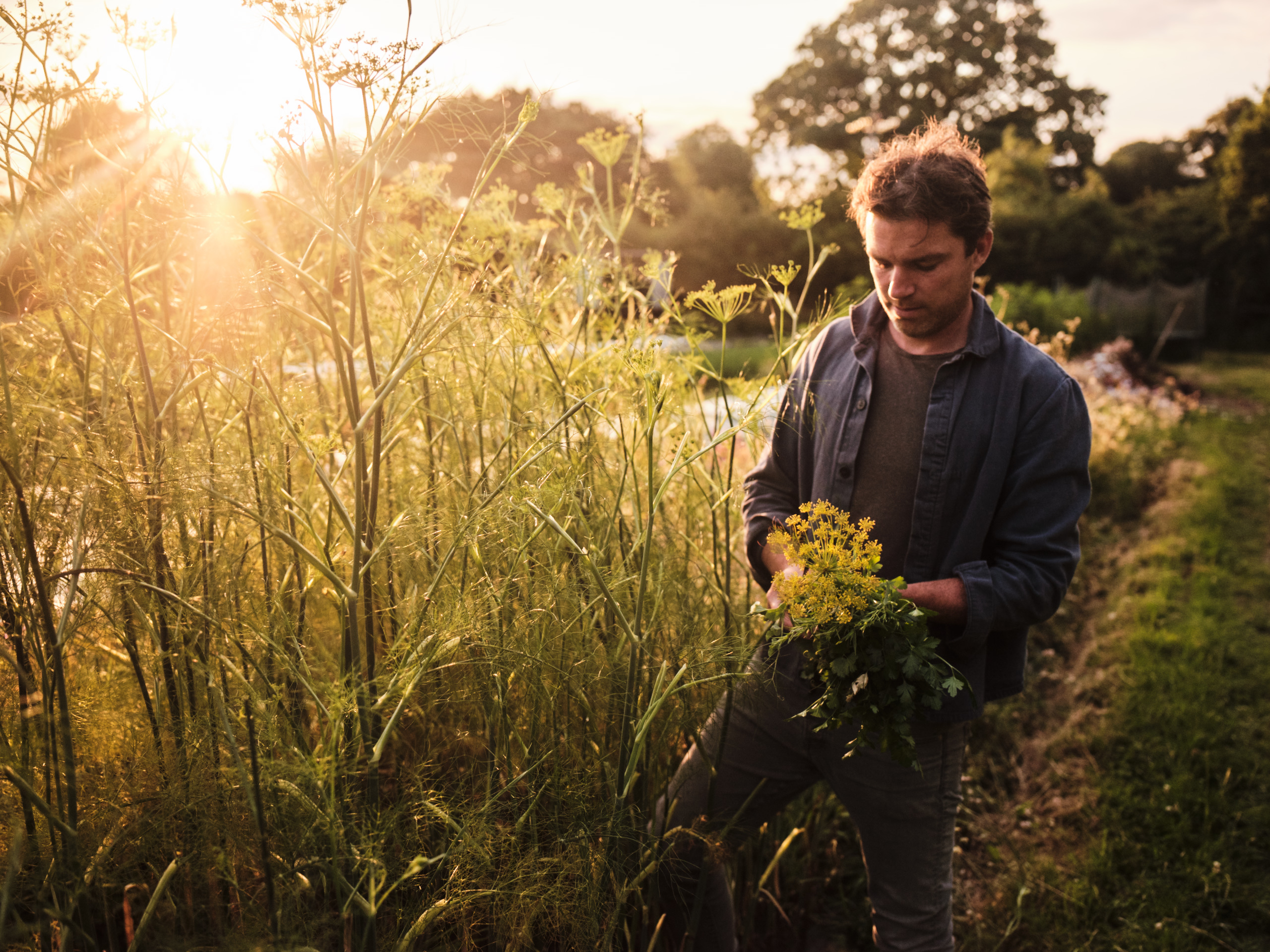 Gill Meller's tomato, egg, bread and herb big-hearted summer salad
Gill Meller's tomato, egg, bread and herb big-hearted summer saladThis summer salad is for people who enjoy proper seasonal produce.
-
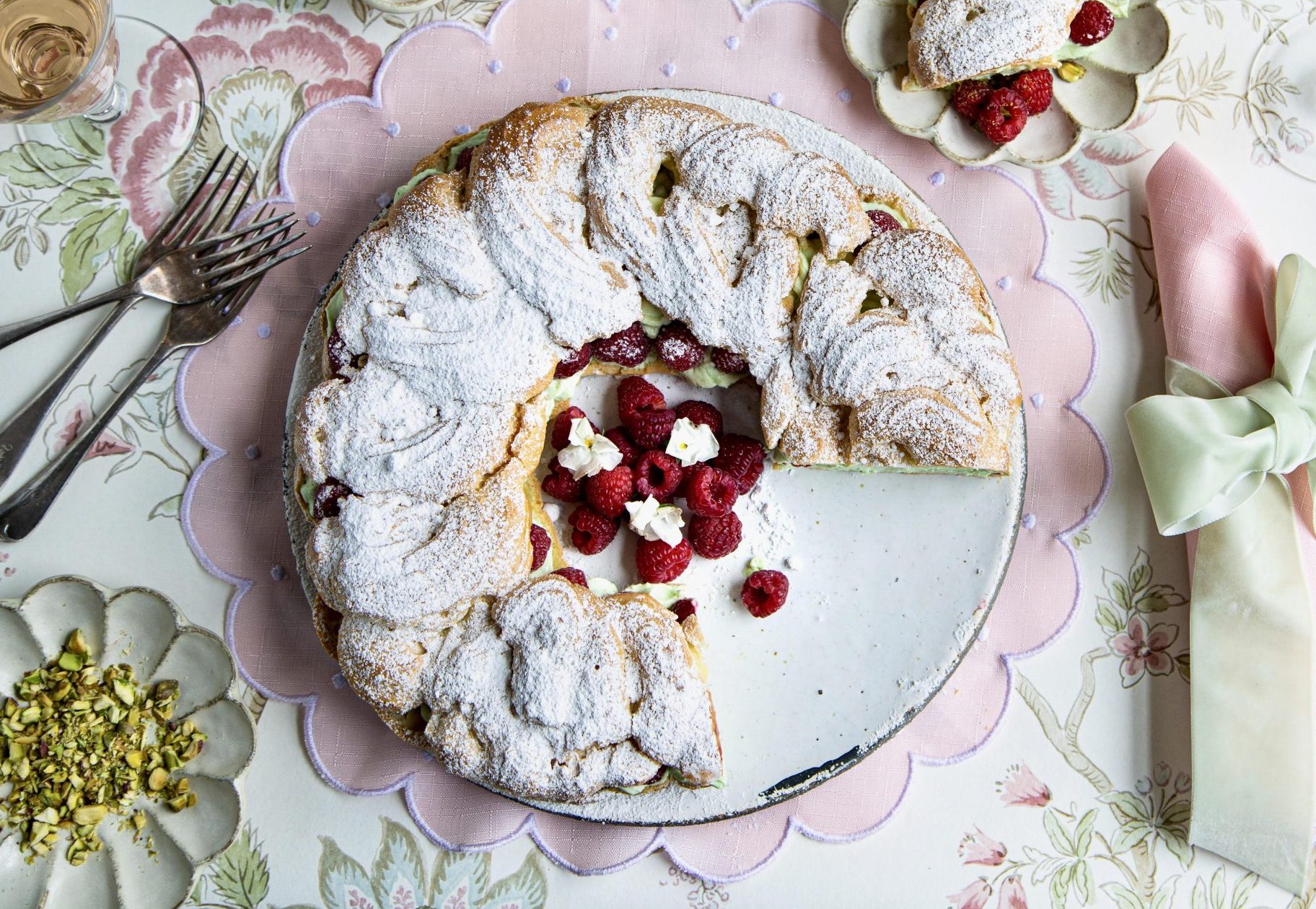 How to make raspberry-and-pistachio choux Paris-Brest, perfect with a glass of rosé
How to make raspberry-and-pistachio choux Paris-Brest, perfect with a glass of roséMelanie Johnson makes the most of juicy British berries with these sweet recipes.
-
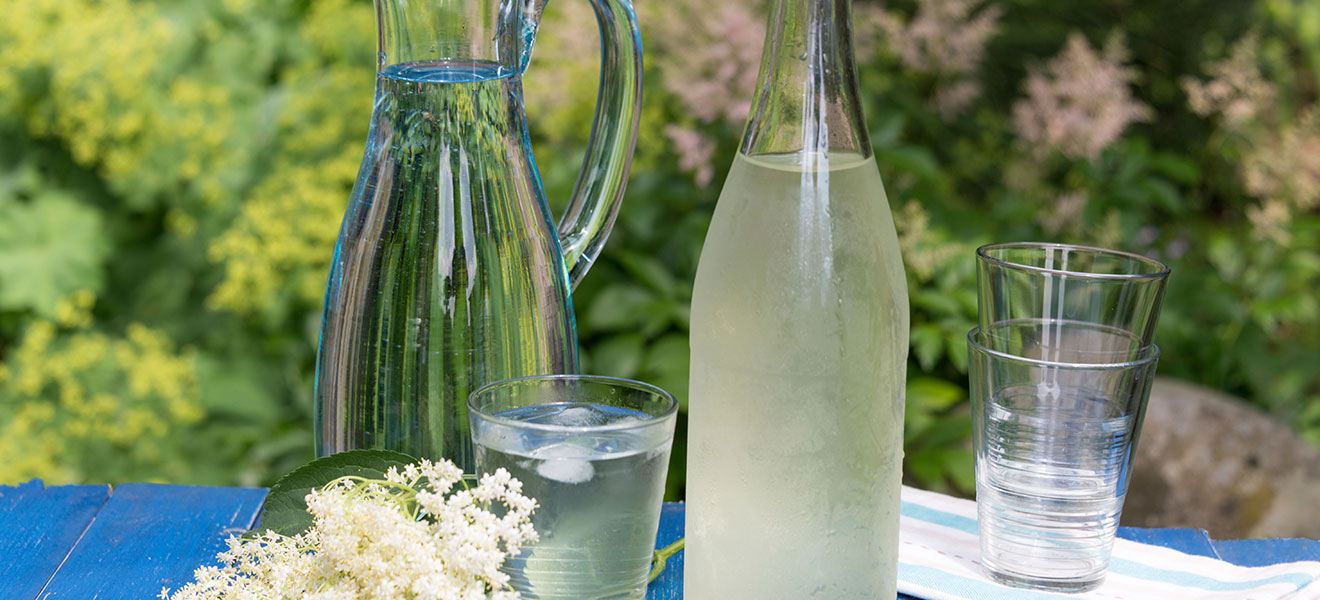 How to make elderflower cordial and wine
How to make elderflower cordial and wineThe English summer is thought to start when the elder blossoms and ends when the berries ripen. Country Life recommends some recipes for this versatile plant.
-
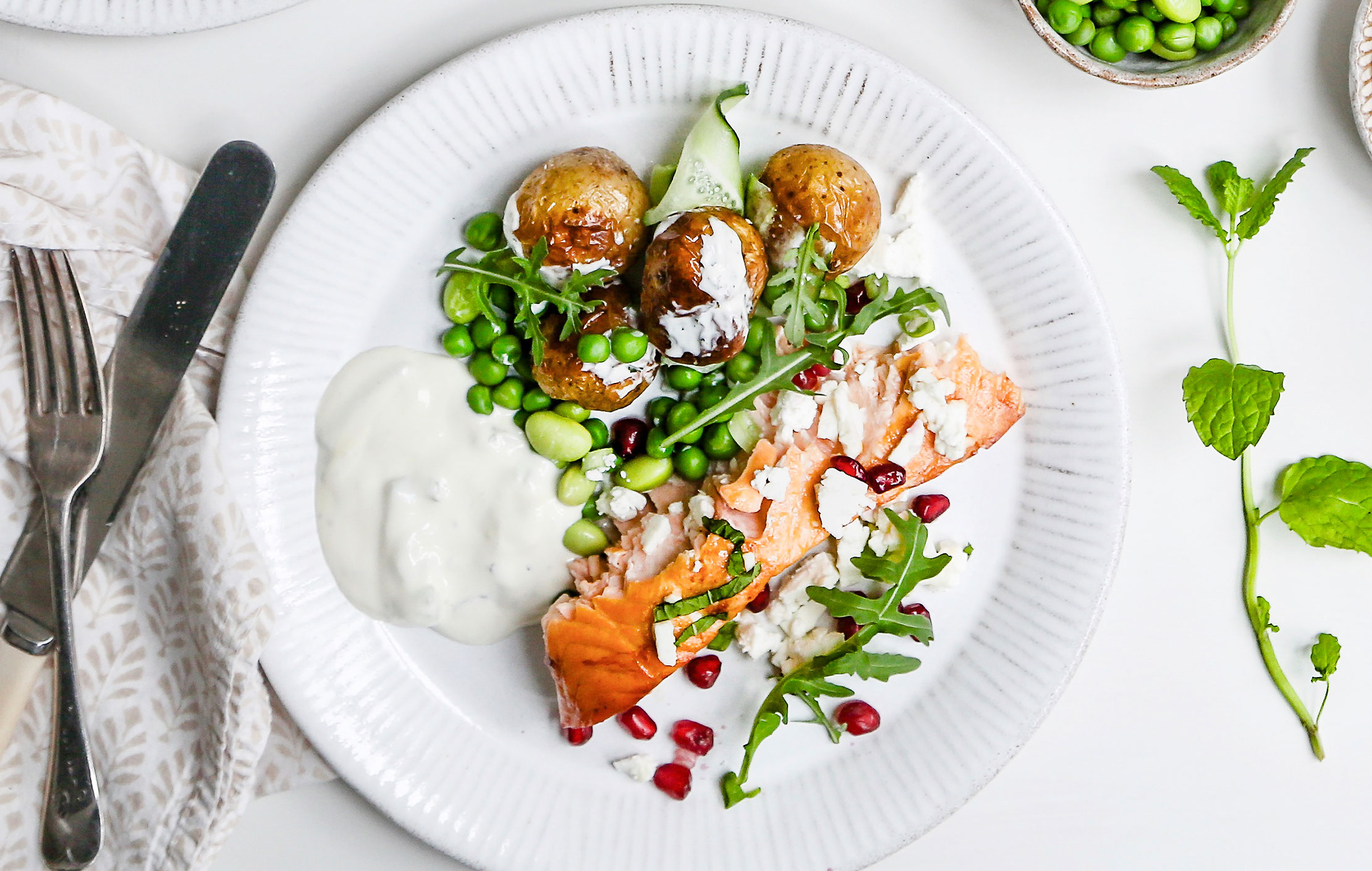 Turning the humble potato salad into a thing of beauty, with a touch of salmon and pomegranate
Turning the humble potato salad into a thing of beauty, with a touch of salmon and pomegranatePotato salad is turned into something with a real dash of panache by our kitchen garden cook Melanie Johnson.
-
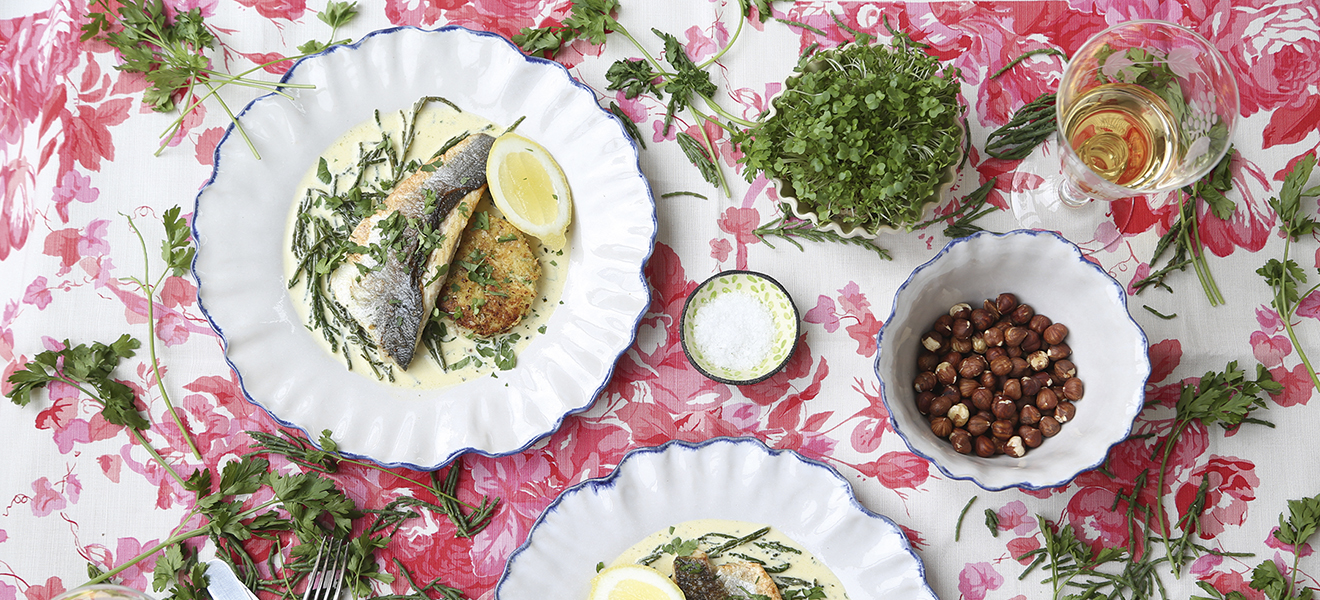 Pan-fried sea bass with caper-and-anchovy potato cakes, samphire and cream
Pan-fried sea bass with caper-and-anchovy potato cakes, samphire and creamOur kitchen garden cook reveals a delicious recipe that makes good use of seasonal samphire.
-
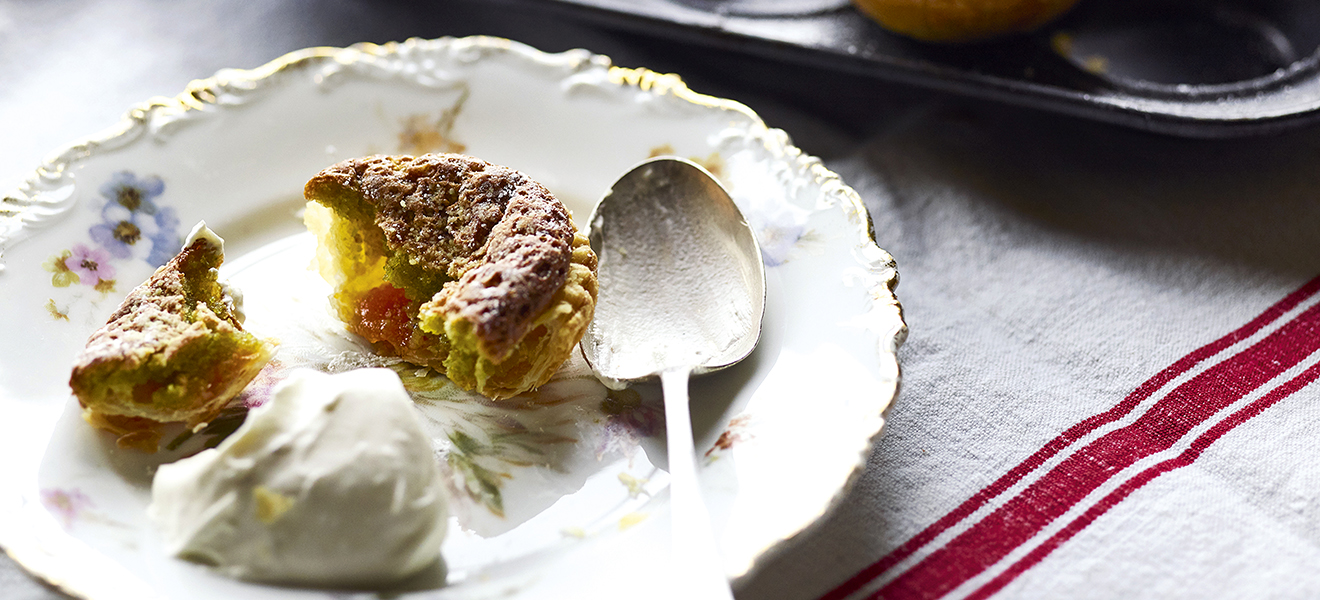 Summer pudding recipe: buttery pistachio tarts
Summer pudding recipe: buttery pistachio tartsThe very best pistachios might be costly, but they make a suitably sumptuous pudding.
-
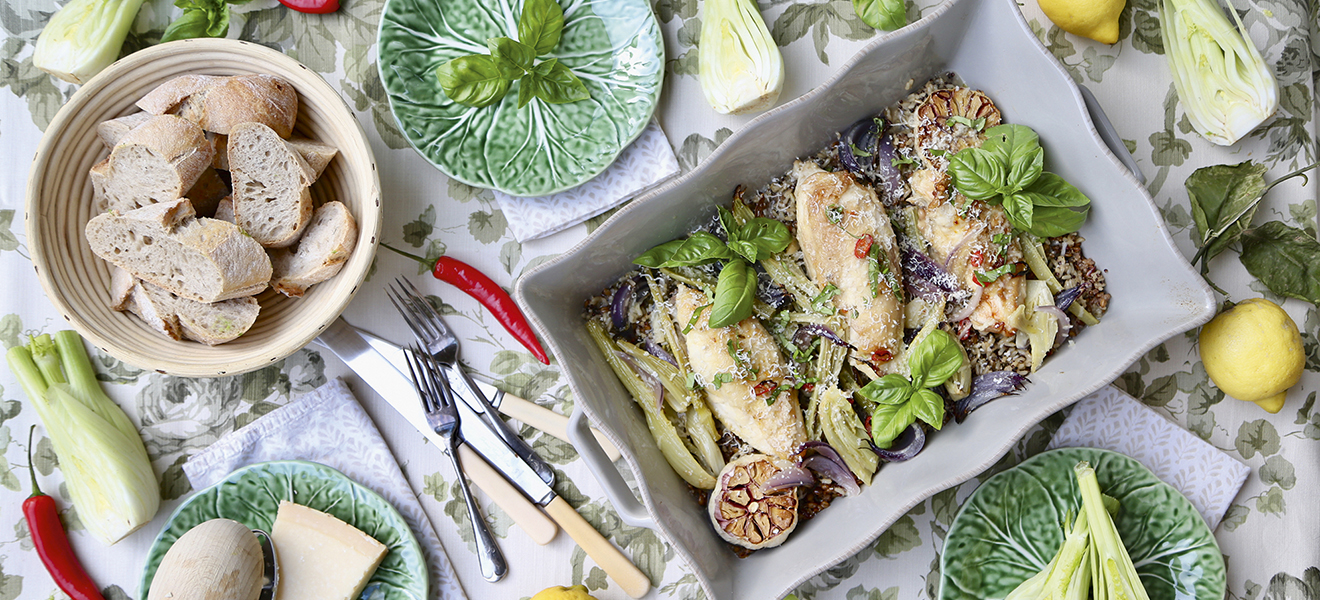 Recipe: Roast-chicken with fennel and lemon, served with red Camargue rice
Recipe: Roast-chicken with fennel and lemon, served with red Camargue riceA delicious summer supper dish from our kitchen garden cook.
-
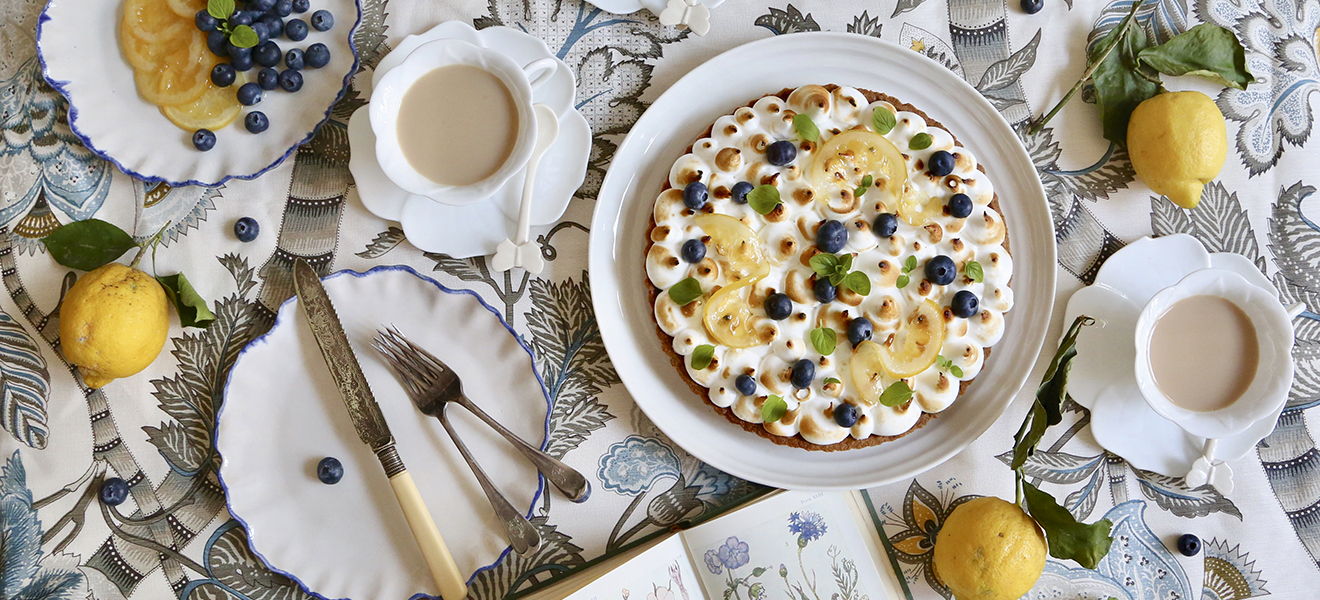 Recipe: Blueberry-and-lemon tart with Italian meringue and confit lemons
Recipe: Blueberry-and-lemon tart with Italian meringue and confit lemonsOur kitchen cook reveals a showstopper of a pudding, perfect for summer.

